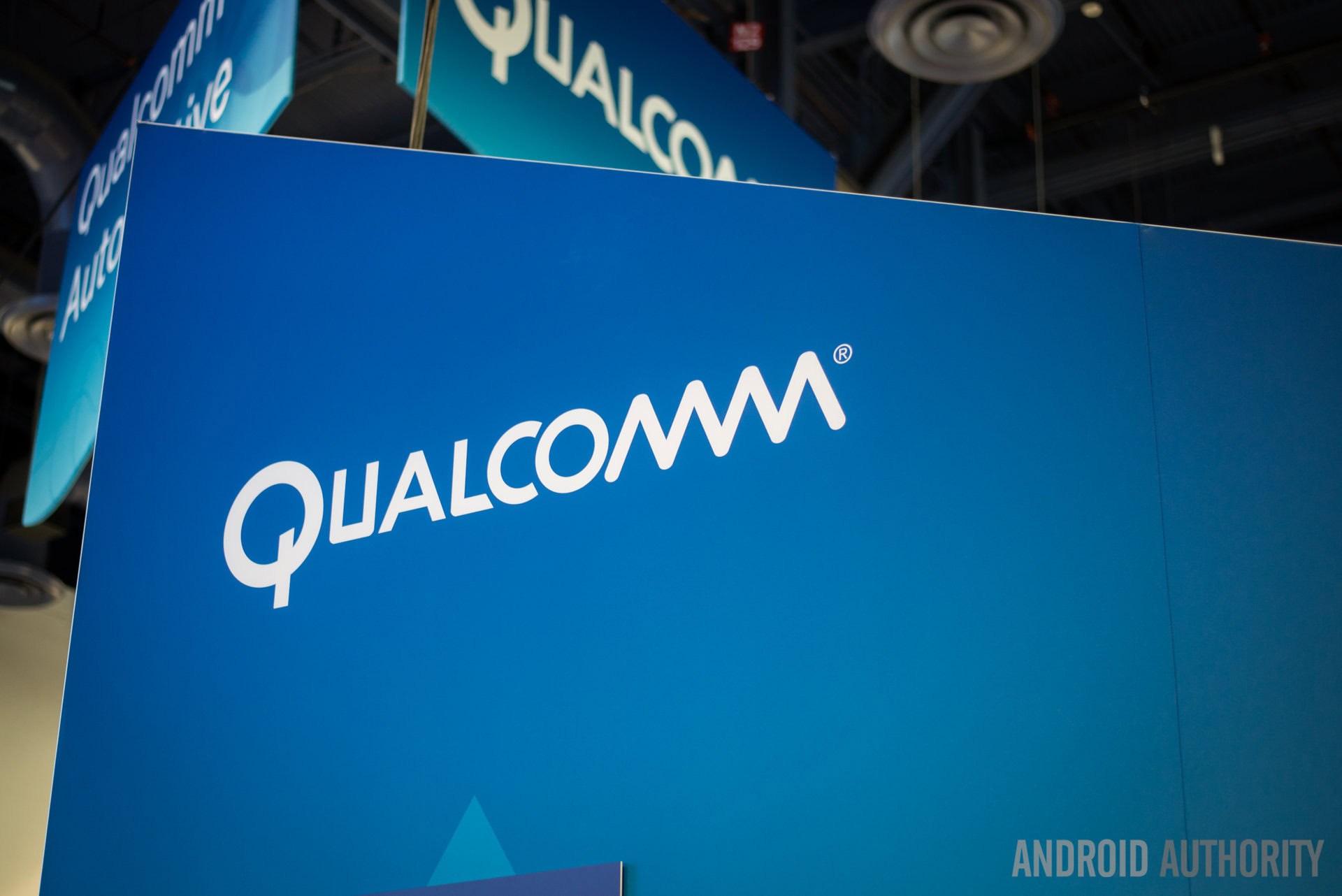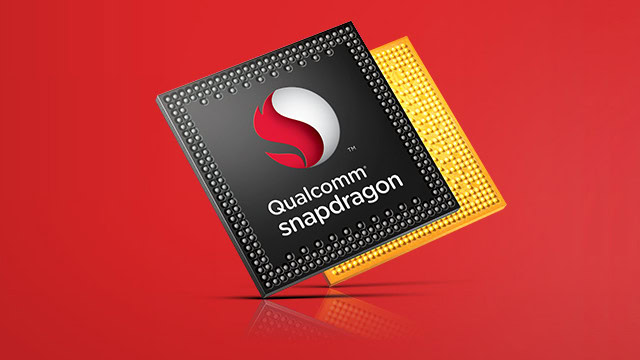Affiliate links on Android Authority may earn us a commission. Learn more.
Qualcomm’s new 802.11ax Wi-Fi chip will perform better on crowded networks

The 802.11ax Wi-Fi standard is set to replace the current 802.11ac standard in the next few years. Though its specification hasn’t yet been finalized, Qualcomm has already announced a pair of chips that would be compatible with 802.11ax Wi-Fi solutions, should little change from the already announced draft of the spec.
In a press release yesterday, Qualcomm revealed the IPQ8074 quad-core 14nm SoC for broadcasting devices like wireless routers and access points, but it’s the QCA6290 chip, intended for laptops, tablets and smartphones, which is more interesting for us.
As increasingly more devices are connected to Wi-Fi networks: be it in the home or public spaces like airports or coffee places, it becomes harder for the current Wi-Fi standard to serve those connected devices. Unlike past generations of the Wi-Fi spec. which focused mostly on maximum speeds, the 802.11ax standard prioritizes network capacity and the way data is transferred to multiple devices.
Many modern Wi-Fi routers have to serve devices individually through a process called Single User Multiple Input Multiple Output, or SU-MIMO. Multiple User Multiple Input Multiple Output, or MU-MIMO, would serve devices simultaneously, and will become standardized in 802.11ax. The result will be better Wi-Fi performance with multiple devices connected to the same source. (Note that MU-MIMO is already available one some routers and devices, but the functionality is not required to receive 802.11ac certification.)

As for Qualcomm’s chip specifically, the QCA6290 SoC is said to offer up to four times the typical throughput of current 802.11ac solutions in crowded networks. The chip can also take advantage of both 2.4 GHz and 5 GHz frequency bands simultaneously — another intended benefit of the 802.11ax standard — and will be less power hungry than its 802.11ac compatible chips. Additionally, the chip would also allow for “improved experiences in vehicles,” says Qualcomm, including Gigabit in-car Wi-Fi hotspots, screen mirroring and support for multiple video streams.
Qualcomm is hedging its bets by announcing the chip ahead of the finalization of the standard, but at least it shows that the company is keen to get compatible technology in the hands of consumers quickly.
The 802.11ax Wi-Fi standard is expected to be commercialized in 2019.